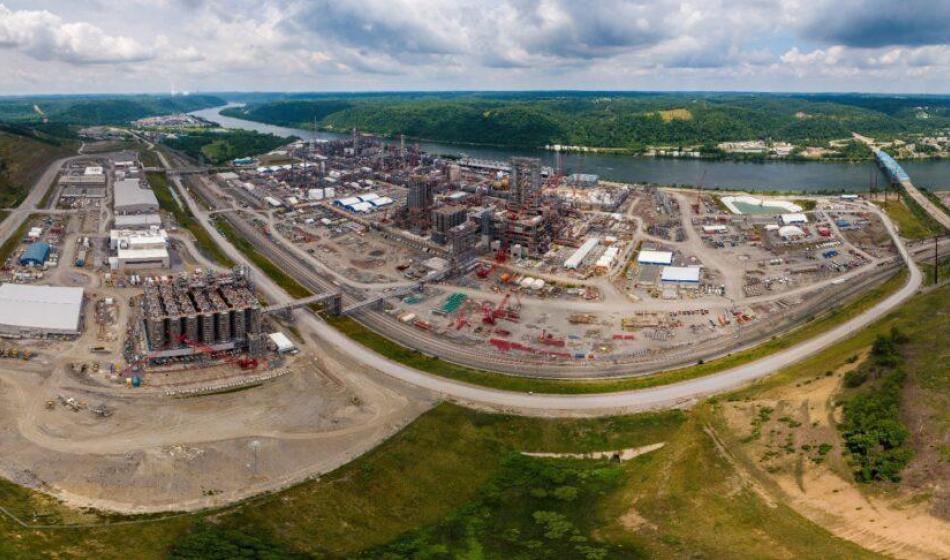Case Studies

In June 2016, Shell took the final investment decision to construct a world-scale petrochemicals manufacturing plant near Pittsburgh, Pennsylvania, USA. The plant will consist of an ethylene cracker and three polyethylene derivatives units.
In November 2017, Shell completed an extensive site preparation program and the multi-billion-dollar project entered the main construction phase. Commercial production is estimated to begin sometime in the next couple of years.
The plant will use locally sourced ethane from the Marcellus and Utica basins to produce 1.6 million tonnes of polyethylene each year. Polyethylene is used in many everyday products, from food packaging and containers to automotive components. The facility is being built on the banks of the Ohio River in Potter Township, Beaver County, about 50 kilometers (30 miles) north-west of Pittsburgh.
The plant is strategically positioned close to both feedstock and the customer base. More than 70% of the North American industrial polyethylene demand originates in the North-East, within a 1,100 kilometer (700-mile) radius of Pittsburgh. The plant’s Pennsylvania location offers the customers a short, dependable supply chain.
The project’s scale is impressive with 300 miles of pipe, more than 1,600 items of manufactured equipment (the largest lift – 1,400 metric tons), and 294 pre-assembled modules. The construction workforce reached its peak in 2019 and into early 2020 with up to 8,500 workers on site, including more than 30 contracting companies. 600 permanent jobs will be created after the project is complete.
Due to the intense level of construction activity, careful planning and constant information sharing have been critical in maintaining project schedules. Managing Pennsylvania’s largest construction project for decades has demanded new ways of working, and state-of-the-art tools to facilitate them. As the project team discovered in 2017, some of the demanded functionality did not exist in the marketplace at the time and had to be innovated.
The project team needed a digital approach to manage the flow of information in this construction project, to make informed decisions, develop and adjust execution plans, stay on top of progress and costs, ensure quality, and above all, keep people safe. The team sought to contextualize multiple layers of information in an interactive, map-based platform taking the digitalization to the next level, enabling full progress visibility, operational efficiency, and stakeholder communication at all levels.
“Since
the introduction of iHawk to the project back in 2017, we have seen an
exponential
increase in the usage of the GIS information across critical
execution activities such as field
engineering, site coordination,
environmental monitoring, construction management,
and workforce
planning, materials management and many others."